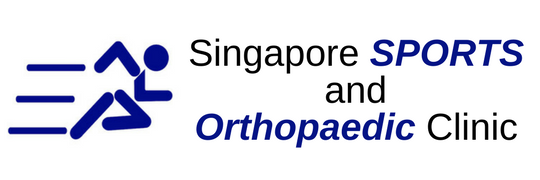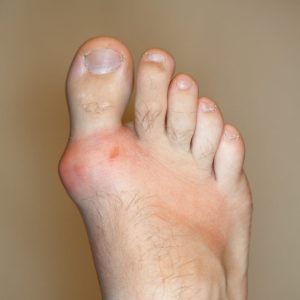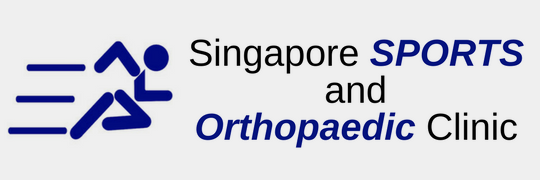Hallux rigidus is a stiff big toe that occurs when there is an overgrowth at the base of the big toe. It prevents the toe from bending, causing pain and difficulty in walking and standing. This is a disorder of the joint and a form of degenerative arthritis that usually develops between the ages of 30 and 60.
Causes
This condition could be inherited from parents, bearing an abnormal foot structure at birth that is more prone to developing hallux rigidus. It could also be an overuse injury – athletes or people who are constantly engaged in activities that add stress on the big toe, such as squatting and standing, are at higher risk.
Other causes include injury to the toe that damages the articular cartilage, causing the ends of the bones to rub together, and inflammatory diseases such as rheumatoid arthritis or gout.
Symptoms
Some of the symptoms you should look out for are pain and stiffness during walking, standing or even at rest, and the pain worsens in cold weather. Bending of the big toe is very difficult or impossible. There might be swelling around the big toe joint and a bump on the top of the foot. Patients might compensate the inability to use their big toes when walking by using the strength of the hip, knee or lower back, causing pain in those areas. This might lead to walking with a limp over time.
Treatment
Patients should seek medical help once the first signs of symptoms appear as the longer it is delayed, the more difficult it is to treat. If the condition is diagnosed early, non-surgical treatment may suffice for treatment. But if diagnosis is delayed or if the condition is severe, surgery is unavoidable.
Non-Surgical Treatment:
To first reduce the pain and inflammation, oral medications such as nonsteroidal anti-inflammatory drugs (NSAIDs) are prescribed. For progressive recovery, patients have to wear shoes with rocker-bottom soles and a large toe box to reduce pressure on the big toe. Orthotic devices are used to support the foot, so that the toe does not have to bend when walking. Physical therapy is recommended for reducing inflammation and improving foot function with exercises.
Surgical Treatment:
If the symptoms do not improve with non-surgical treatment, patient would have to go through surgery. One method is to remove the bone spurs and some part of the bone to make space for the joint to bend. For more severe cases, the bones are fused together, making the joint unable to bend permanently but relieving the pain.
Joint replacement surgery helps to both relieve the pain and preserve joint motion but is usually only recommended for elderly patients that do not have much physical demands.








